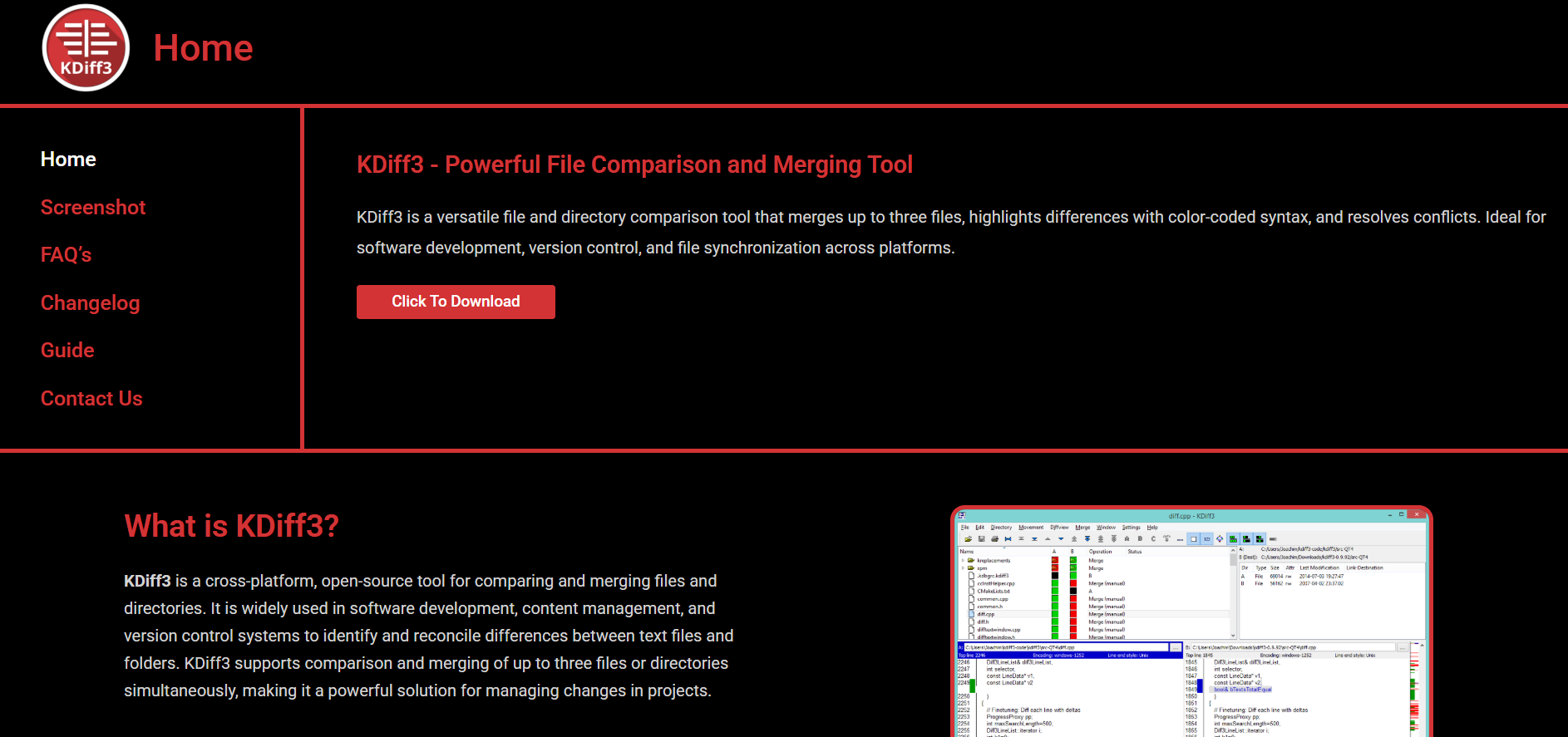SFM Compile Club: Expert Guide to Model Compilation in Source Filmmaker

Hi everyone! How are you all doing? Welcome to lidnews.com! Source Filmmaker (SFM) is one of the most powerful tools available for animators and creators who want to bring their visions to life within the Source engine. However, working with custom models in SFM requires a solid understanding of the model compilation process. The SFM Compile Club is a community dedicated to mastering model compilation, providing essential knowledge, tips, and tools to help animators and modelers achieve professional results.
This guide will take you through the entire model compilation process, from understanding the basics to troubleshooting common issues. By the end, you’ll have a complete grasp of how to compile, import, and optimize models for Source Filmmaker.
What is Model Compilation in SFM?
Model compilation is the process of converting raw 3D assets into a format that the Source Engine can recognize and use within Source Filmmaker. The models need to go through a process involving multiple file types, scripts, and command-line tools before they can be imported and animated.
This process includes:
- Creating or obtaining a 3D model (e.g., in Blender or 3ds Max)
- Setting up materials and textures
- Rigging and applying bones for animation
- Exporting the model to the proper format
- Writing a QC file to define model properties
- Compiling the model using Crowbar or Studiomdl
- Importing the model into Source Filmmaker
Each of these steps is crucial to ensuring a model works correctly in SFM.
The Importance of Model Compilation in SFM
Model compilation is a crucial skill for animators who want to expand beyond the default SFM model library. While SFM provides many assets from games like Team Fortress 2 and Half-Life, it lacks custom models from other games, franchises, or original creations.
By learning how to compile models, you can:
- Import custom characters, props, and environments into SFM
- Modify existing models to fit your animation needs
- Create high-quality animations without limitations
- Fix model errors that might prevent proper usage in SFM
Tools You Need for SFM Model Compilation
To get started with model compilation, you’ll need a few essential tools:
Tools You Need for SFM Model Compilation
To get started with model compilation, you’ll need a few essential tools:
1. Blender or 3ds Max
These 3D modeling programs allow you to create or modify models before compiling them. Blender is free and widely used, while 3ds Max is a premium option.
2. Crowbar
Crowbar is a popular decompiler and compiler for Source engine models. It lets you convert models into the necessary format for SFM.
3. VTFEdit
VTFEdit is used to convert textures into the Valve Texture Format (VTF), which SFM requires.
4. Notepad++
This text editor is useful for editing QC (model compilation) files, which control how a model is compiled.
5. SFM Itself
Obviously, you’ll need Source Filmmaker to test your compiled models!
Step-by-Step Guide to Model Compilation in SFM
Step 1: Preparing Your Model
Before compiling, ensure that your model is properly rigged and textured in your 3D modeling software. Here’s what you need to do:
- Check the scale of your model to match SFM’s proportions
- Ensure correct UV mapping for textures
- Apply proper bone structures if you’re importing a character model
Step 2: Exporting to SMD or DMX Format
Once your model is ready, export it in a format SFM supports, such as:
- SMD (Studiomdl Data)
- DMX (Dynamic Model Exchange)
Most users prefer SMD because of its compatibility with Crowbar.
Step 3: Creating the QC File
A QC (QuakeC) file is a script that tells Crowbar how to compile your model. It includes:
- Model file paths
- Bone structures
- Hitbox data
- Physics properties
Example of a simple QC file:
bashCopyEdit$modelname "my_model.mdl"
$body mybody "my_model.smd"
$surfaceprop "metal"
$cdmaterials "models/mytextures/"
$sequence idle "my_model_idle.smd"
$collisionmodel "my_model_phys.smd" {
$mass 50
}
Step 4: Compiling with Crowbar
- Open Crowbar
- Select “Compile” mode
- Choose your QC file
- Click “Compile” and check for errors
Step 5: Testing in SFM
- Place the compiled model in the
modelsfolder inside your SFM directory - Open SFM and try to load your model
- If errors appear, check the QC file and texture paths
Common Model Compilation Errors & Fixes
Even experienced animators encounter errors when compiling models. Here are some common issues and how to fix them:
| Error | Cause | Solution |
|---|---|---|
| Model won’t appear in SFM | Wrong file path | Check if the model is in the correct SFM directory |
| Textures are missing | Incorrect VMT/VTF paths | Make sure your texture files are in the correct folder |
| Model is too big or too small | Incorrect scale in Blender/3ds Max | Adjust the scale before exporting |
| Bone errors | Wrong rigging setup | Ensure bones are correctly assigned in your 3D software |
Frequently Asked Question
What’s the difference between SMD and DMX formats?
- SMD is an older format, widely supported by Crowbar and easier to use.
- DMX is newer and supports more advanced features like flexes but can be harder to work with.
Why do my textures look shiny or wrong in SFM?
This happens if your VMT (Valve Material) file is missing or incorrectly configured. Open your VMT file and check for incorrect shader settings.
Can I use models from other games in SFM?
Yes, but you must extract, convert, and recompile them to match SFM’s format. Also, check for copyright permissions before using game assets.
How do I fix “Model has too many vertices” error?
SFM has a vertex limit. To fix this:
- Reduce model complexity
- Optimize the mesh in Blender or 3ds Max
- Split the model into multiple parts
Why does my model have broken bones or animations?
This can happen due to:
- Incorrect bone assignments
- Missing weight painting in Blender
- Exporting errors—double-check your rigging setup
How can I add custom animations to my model?
You need to create animation sequences in your QC file using $sequence commands. You can also import animations from other SFM models if compatible.
Where can I learn more about SFM model compilation?
Join online communities like:
- The SFM Compile Club (forums & Discord)
- Steam SFM Workshop discussions
- YouTube tutorials on Crowbar and Blender for SFM
Conclusion
Mastering model compilation in Source Filmmaker unlocks new creative possibilities for animators. Whether you’re bringing in custom characters, fixing existing models, or modifying textures, understanding the compilation process is key.
By using the tools and techniques covered in this guide, you can successfully compile and import models into SFM, troubleshoot errors, and enhance your animation projects.


